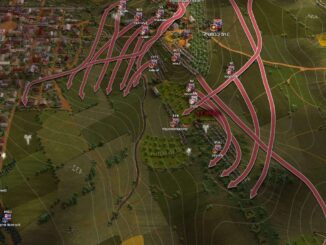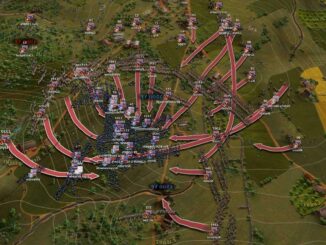
Guide to Cavalry Units
Note: Credit goes to Panzergrenadier
The American Civil War, 1861 – 1865, saw cavalry tactics move largely away from the offensive towards the defensive, with the emphasis on screening, reconnaissance, raiding and harassment. Development of the rifled musket had also rendered the cavalry charge impractical.
The principal item of equipment for a cavalryman was the horse and one of the reasons both North and South initially hesitated in forming mounted units was because of financial considerations. Each cavalry regiment cost $300,000 for initial organization with annual upkeep expenses tallying over $100,000.
Both, Union and Confederate, cavalries originally required recruits or local communities to provide horses. A policy that lasted briefly in the North, while the South maintained it throughout the war, even though, Richmond leaders recognized its serious drawbacks.
In the first half of the war, the Confederates enjoyed the advantage in cavalry, as southern men were more accustomed to the riding and shooting life and most of the experienced cavalry officers from the regular army had chosen to side with the Confederacy.
By the spring of 1863, the Federal cavalry had overcome their inexperience, equipment issues, and tactical ignorance to become a competent veteran force and an equal cavalry capability.
There are two types of cavalry units: Shock and Carbine.
- Shock Cavalry is equipped with short ranged weapons (Carbines with a shorter barrel than a rifle, were less accurate, but easier to handle on horseback and a pistol.) and a saber. Shock cavalry cannot dismount and fight on foot. When Shock cavalry attacks, it will engage the enemy in melee, but avoid direct frontal charges into the enemy. Harass enemy flanks and rear by charging them, retreat, then, charge them again, retreat, repeat as necessary. Charge your Shock cavalry by using the “Charge” button or by double right clicking on an enemy unit. Shock cavalry is very good at eliminating limber artillery.
- Carbine Cavalry is equipped with a medium or long-range weapon and is able to dismount and fight on foot. Use the “Dismount” button to dismount a Carbine cavalry unit. Once, dismounted, your carbine cavalry will fight as skirmishers. Use the “Mount” button to mount a dismounted Carbine cavalry unit. When Carbine cavalry attacks, it will use ‘hit and run’ tactics, (While, again, Shock cavalry will engage in melee.), but you can still charge your Carbine cavalry by using the “Charge” button or by double right clicking on an enemy unit. Again, avoid direct frontal charges into the enemy. A good tactic is to harass your enemy’s flanks and rear from a distance.
Nineteenth century European military theory gave cavalry set tasks to perform.
In short, they were:
- Reconnaissance – locating and maintaining contact with the enemy. The “eyes of an army.”
- Screening – covering and concealing the movements of your own army from the enemy’s reconnaissance attempts.
- Covering the flanks and rear of your army in battle and threatening those of your enemy.
- Shock charges against the enemy to break them, to produce a rout, or, when your own army is withdrawing, to delay the pursuit.
- Picketing, orderly, and provost duty.
- Long distance raids designed to attack the supply lines of the enemy. Long-distance raids were the most desirable mission for cavalrymen, primarily because of the fame, supplies and loot that successful raids would bring, but they were often of little practical strategic value. This type of raid was frequently used in the American Civil War.
In 1865, the US Cavalry was probably the most formidable cavalry force in the world. But the volunteer cavalry would soon be discharged and the wars against Native Americans would not be appropriate for saber charges or mass invasions. By the time, the United States was involved in another major war, the era of cavalry had passed and the horse replaced by motorized and armored vehicles. There would never again be a need for masses of cavalry thrown against the territory of the enemy.




Be the first to comment